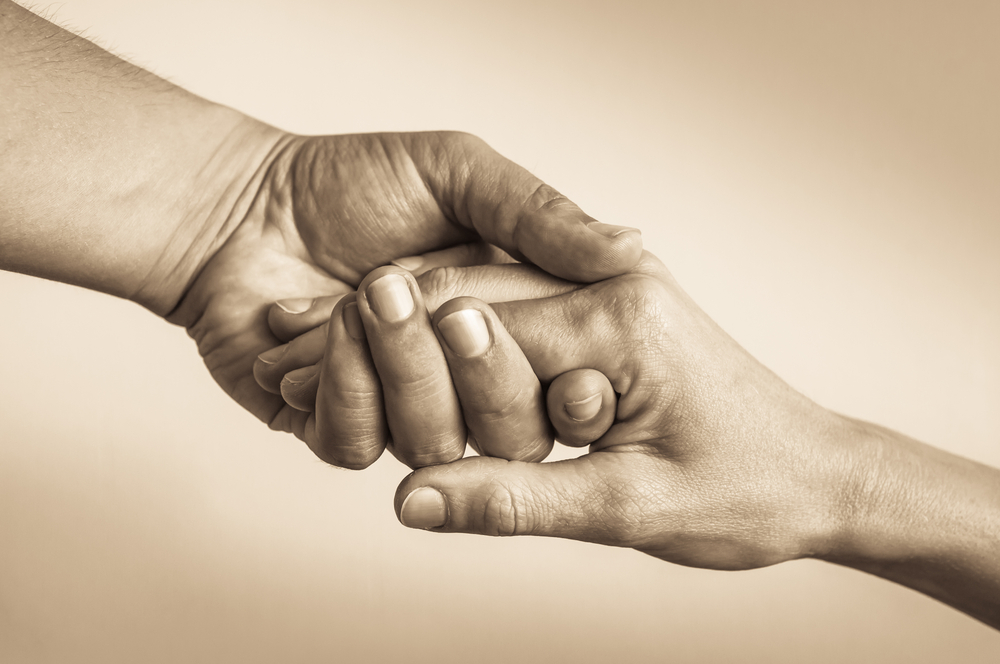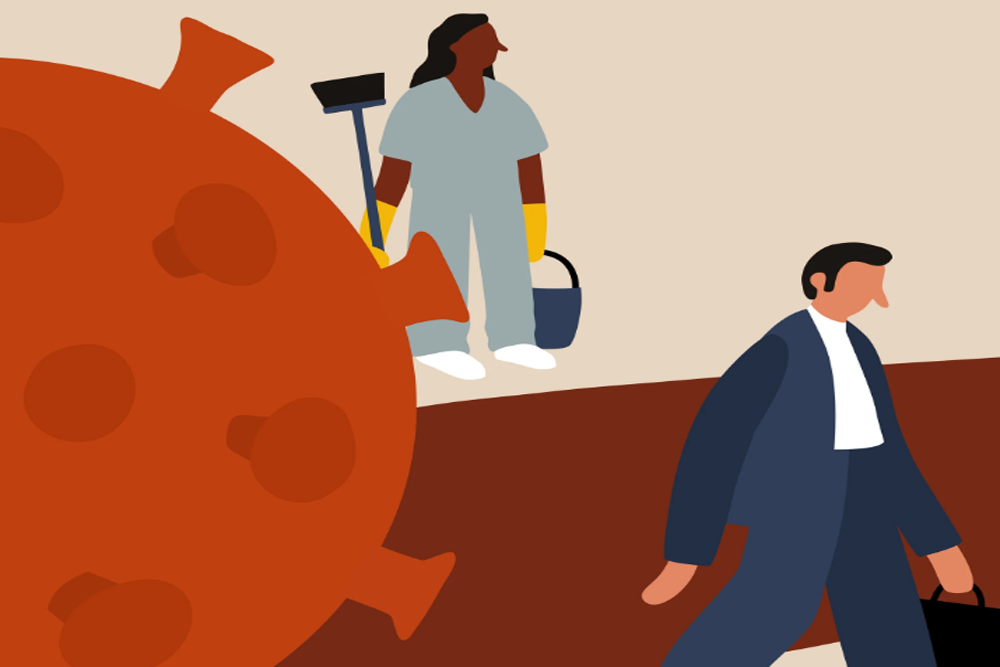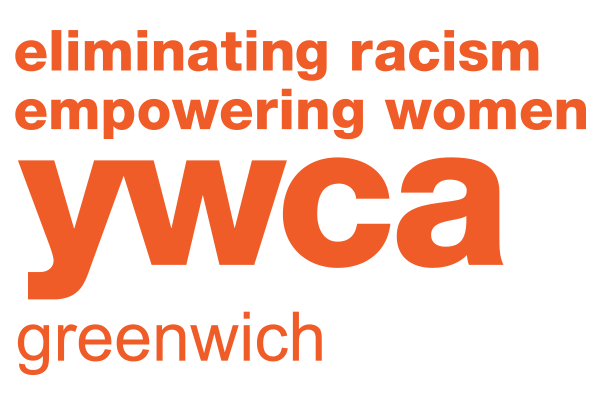
Resources for Supporting Children’s Emotional Well-being during the COVID-19 Pandemic
April 1, 2020
Why This Economic Crisis Differs From the Last One for Women
April 2, 2020
Resources for Supporting Children’s Emotional Well-being during the COVID-19 Pandemic
April 1, 2020
Why This Economic Crisis Differs From the Last One for Women
April 2, 2020News
New York Times 12.April.2019: Native American women and girls are facing an epidemic of violence that is hiding in plain sight. They are being killed or trafficked at rates far higher than the rest of the U.S. population (on some reservations, women are 10 times as likely to be murdered as the national average, according to the Justice Department). Some simply disappear, presumably forced into sex trafficking.
In Her Words: By Maya Salam, New York Times
“It’s long past time the topic of missing and murdered indigenous women received this type of national attention.”
— Senator Lisa Murkowski, Republican of AlaskaNative American women and girls are facing an epidemic of violence that is hiding in plain sight. They are being killed or trafficked at rates far higher than the rest of the U.S. population (on some reservations, women are 10 times as likely to be murdered as the national average, according to the Justice Department). Some simply disappear, presumably forced into sex trafficking.
These cases often go unsolved. Now, three senators are hoping to combat this epidemic. The bipartisan bill, called the Not Invisible Act of 2019, was introduced last week by Lisa Murkowski, Republican from Alaska; Catherine Cortez Masto, Democrat from Nevada; and Jon Tester, Democrat from Montana. It aims to change what the Indian Law Resource Center has called a “lack of a diligent and adequate federal response” to these crimes. The bill would create an advisory committee of local, tribal and federal stakeholders to devise best practices to combat the problem and make recommendations to government — efforts that would include paving a way for federal agencies, law enforcement and elected tribal officials to collaborate more easily. Cortez Masto told HuffPo that she believed the bill would help federal agencies improve and quicken their response by focusing on why these women and girls are disappearing and where those who are being trafficked are going — as well as on how to collect data and educate law enforcement on sex trafficking and start prosecuting offenders.
